Why can traditional automakers catch up with the new forces?
![]() 11/11 2024
11/11 2024
![]() 433
433
The golden September and silver October of 2024 is a fully-fledged season. Data shows that retail sales of new energy vehicles are expected to reach 1.15 million in October, with a month-on-month increase of 2.4% and a penetration rate of 52.3%. In the overall automotive market, retail sales in October are expected to be approximately 2.2 million, with a year-on-year increase of 8.2% and a month-on-month increase of 4.3%.
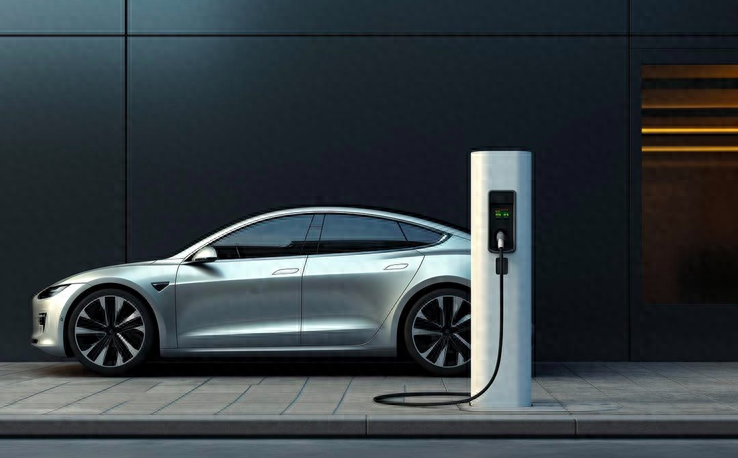
Among the new forces, brands such as Li Auto, NIO, Xpeng, Leapmotor, Xiaomi, and Wenjie have performed exceptionally well. Notably, Leapmotor delivered 38,100 vehicles in October, not only setting a new record but also surpassing Wenjie, demonstrating remarkable combat effectiveness.
On the side of traditional automakers, their new energy brands have seen astonishing growth rates. Brands such as Aion, Zeekr, Avita, IM Motors, and Lantu sold over 10,000 vehicles in October, with most of the latter brands achieving year-on-year growth rates of over 100%. When combined with the explosive growth of traditional automakers' new energy businesses, automakers like Geely, Chery, and Changan have seen their sales volume and growth rates accelerate.
We find that the gap between traditional automakers and new forces is narrowing.
Traditional automakers have been accumulating strength over time
In October, Geely Automobile Group sold 108,722 new energy vehicles (including Geely, Lynk & Co., and Zeekr brands), marking a year-on-year increase of approximately 83% and a month-on-month increase of over 19%. New energy vehicles accounted for 48% of total sales, setting a new record. From January to October, the total sales of new energy vehicles reached 654,576, with a year-on-year increase of over 91%.
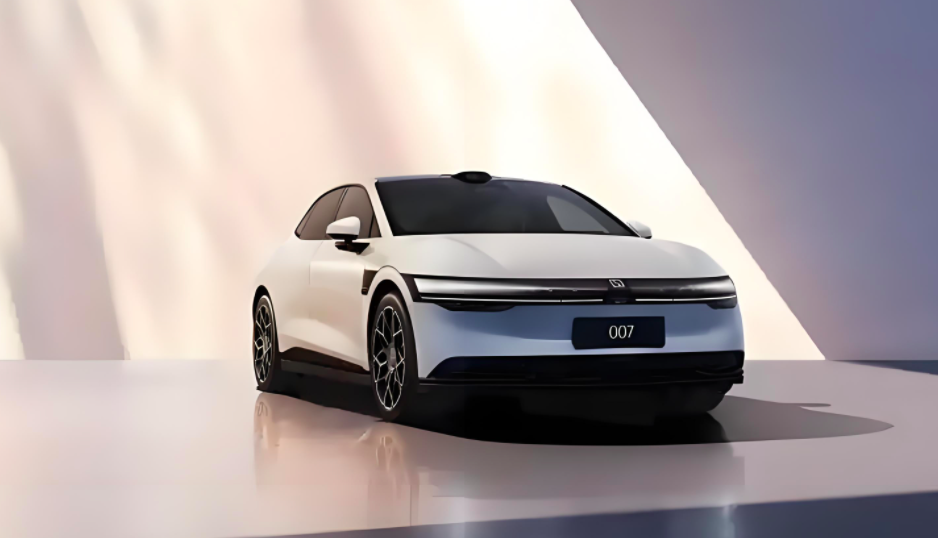
According to Chery Holding Group's data, a total of 272,155 new vehicles were sold in October 2024, marking a year-on-year increase of 35.9%. Among them, 71,330 were new energy vehicles, representing a year-on-year increase of 342.1%. From January to October 2024, Chery Holding Group sold a total of 2,024,948 vehicles, up 39.3% year-on-year, surpassing the total sales for the entire year of 2023. During the same period, the cumulative sales of new energy vehicles reached 403,118, with a year-on-year increase of 205.4%.
Changan Automobile released its new energy vehicle sales figures for October, reporting a record high of over 85,000 autonomous new energy vehicles sold. In the first ten months of this year, Changan Automobile sold over 530,000 new energy vehicles, marking a year-on-year increase of 45%, maintaining a sustained high-speed growth trend. From January to October 2024, the cumulative sales volume reached 2,155,800, with a year-on-year increase of 2.14%.
Dongfeng Automobile sold 2.01 million vehicles from January to October 2024. Among them, 700,000 were new energy vehicles, marking a year-on-year increase of 82.3%, demonstrating a robust growth trend in new energy vehicle sales.
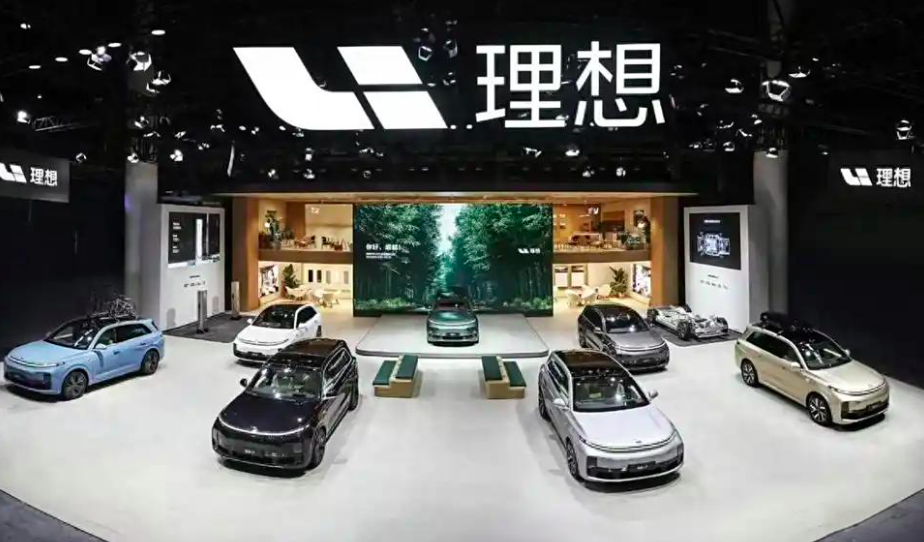
Currently, Li Auto leads the new forces in sales, with 393,200 vehicles sold in the first ten months. Hongmeng Zhixing sold a cumulative total of 353,700 vehicles from January to October. Leapmotor, which has shown the most aggressive growth momentum, sold over 200,000 vehicles in the first ten months of this year.
In terms of absolute numbers, the sales volume of traditional automakers, often reaching several hundred thousand, far surpasses that of new forces. Here, I want to point out that this reflects the complexity and vastness of the Chinese market. While new forces have taken the lead in technology research and development and product experience, and occupy a high position in public opinion, traditional automakers have accumulated sufficient experience through years of learning. Coupled with their inherent strengths, they have significantly closed the gap with new forces.
Advantages of traditional automakers
If new forces are crossing the river by feeling for stones, traditional automakers are crossing the river while seeing the stones. This is undoubtedly an important reason for their rapid progress.
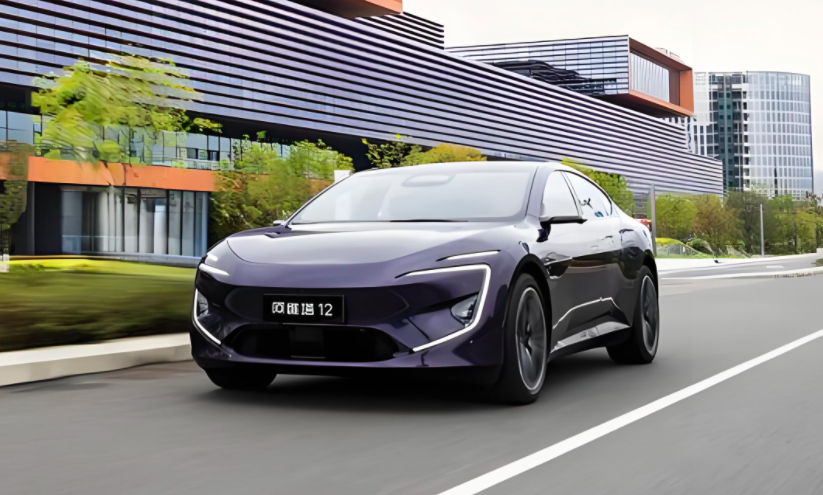
Take Avita and Shenlan Automobile as examples. In October, Avita sold 10,056 vehicles, marking a year-on-year increase of 158.64% and a month-on-month increase of 121.64%, setting a new record. Shenlan Automobile sold 27,862 vehicles, with a year-on-year increase of 79.6% and a month-on-month increase of 22.69%.
Looking at Avita, its sales exceeded 10,000 in October, primarily due to the Avita 07. Since its launch on September 26, Avita 07 has quickly attracted the attention of many consumers. Its product lineup has expanded from pure electric to extended-range models, and its dual-power layout has injected more vibrant market appeal and stronger competitiveness into Avita. Moreover, through in-depth cooperation with Huawei, Avita receives Huawei's technology empowerment in real-time, such as Huawei's Kunpeng Intelligent Driving System and HarmonyOS cabin.
The same is true for Shenlan Automobile. This year, Shenlan Automobile was the first to equip its S07 and L07 models with Huawei's Intelligent Driving System, becoming one of the first models in the market priced below 200,000 yuan to do so. The S05 has been labeled as the first intelligent and interactive SUV in the new energy era, which is a significant attraction for young consumers. Additionally, with the entry of the Shenlan G318 into the boxy SUV market, Shenlan Automobile has seen improvements in both its product lineup and product capabilities.
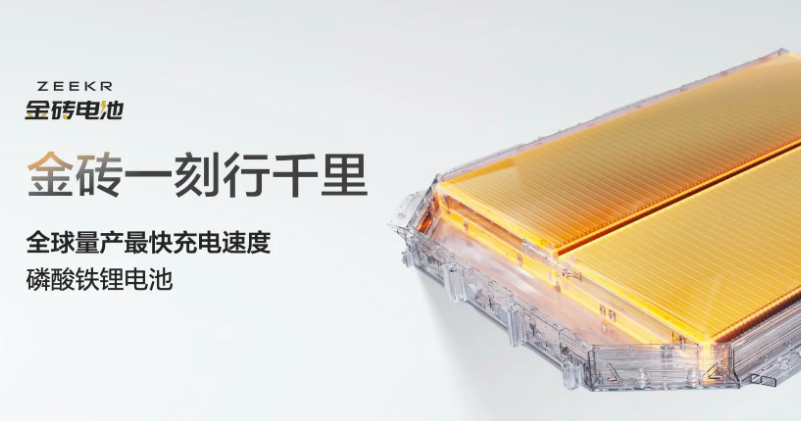
The above examples illustrate the fact mentioned at the beginning of this paragraph: crossing the river while seeing the stones is faster than crossing it by feeling for them. Many people argue that traditional automakers rely on external assistance and lack a soul. In reality, traditional automakers are also actively pursuing independent research and development. For instance, in the field of batteries, Changan Automobile has developed the Jinzhongzhao battery, Geely Automobile has introduced the Jinzhuan battery, SAIC Motor has developed semi-solid-state batteries, GAC Group has developed the Inspire battery, and Great Wall Motors has NEXTEV Energy. Independent battery research and development by traditional automakers have become prevalent, leaving new forces with little say in the matter.
Additionally, traditional automakers have advantages in product thickness. Taking Geely Automobile as an example, multiple brands such as Zeekr, Volvo, Geely Galaxy, Lynk & Co., Lotus, Polestar, and Geely Auto involve new energy vehicle models. This brand layout is currently unattainable for new force brands.
This fact illustrates that traditional automakers are indeed stronger than new forces in research and development thickness and resource integration. This is not to say that new force brands are not working hard enough; rather, they may be hindered by insufficient capabilities.
People's Car Reviews
In China's new energy vehicle market, new forces were once the vane and "far ahead," but are now being closely pursued by traditional automakers.
To some extent, what new forces have, traditional automakers will eventually have. However, what traditional automakers have, new forces may not necessarily possess.
Under such circumstances, can new forces in the automotive industry continue to lead by relying on "refrigerators, color TVs, and large sofas," as they have in the past? This remains a question.






